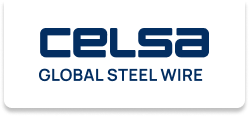Get to know us
Co-products
Global Steel Wire, positioned among the European leaders in high added value wire rod, has an extensive range of qualities and diameters, manufactured in accordance with international standards and adapted to the technical specifications of our clients.
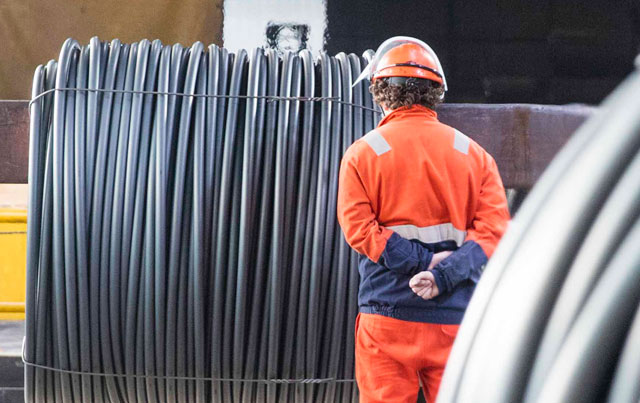
Co-products
The circular economy is a production and consumption model that involves reducing waste to a minimum, keeping it within the economy whenever possible. Thus the concept of coproduct arises.
The co-products that are generated during our steel process are managed to ensure the quality conditions necessary to be used as secondary raw materials in other industrial processes.
The management of co-products has become one of our priorities in recent years. The result of this is the identification of new industrial uses or the reuse of part of these materials again in the steel process. Currently around 98% of our waste is reused, recycled, recovered or recovered.
The main co-products generated within the Global Steel Wire Group are steel aggregate (black), zinc oxide, iron oxide, steel aggregate (white) and refractories.
Co-products
The circular economy is a production and consumption model that involves reducing waste to a minimum, keeping it within the economy whenever possible. Thus the concept of coproduct arises.
The co-products that are generated during our steel process are managed to ensure the quality conditions necessary to be used as secondary raw materials in other industrial processes.
The management of co-products has become one of our priorities in recent years. The result of this is the identification of new industrial uses or the reuse of part of these materials again in the steel process. Currently around 98% of our waste is reused, recycled, recovered or recovered.
The main co-products generated within the Global Steel Wire Group are steel aggregate (black), zinc oxide, iron oxide, steel aggregate (white) and refractories.
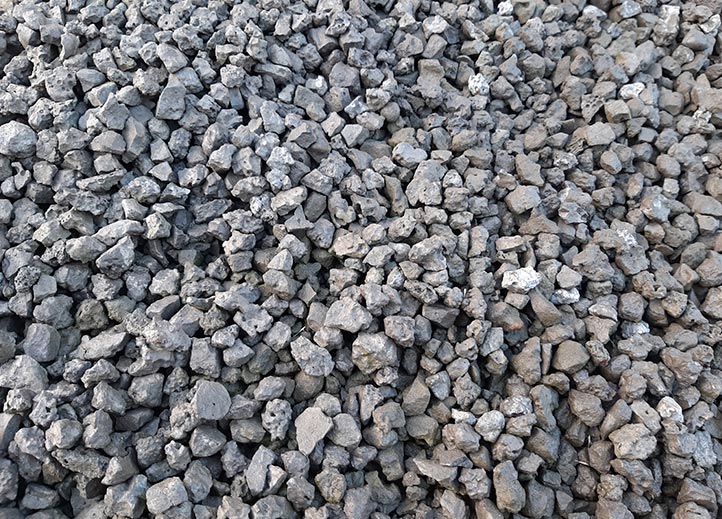
Steel and steel aggregate (black)
Steel aggregate comes from the treatment of black slag generated during the steel manufacturing process in the electric arc furnace. It is mainly used as an aggregate in the manufacture of asphalt, concrete, granular bases and sub-bases for road surfaces.
To guarantee volumetric stability, quality and sizes of the resulting steel aggregates suitable for the different applications, the following treatments are fundamentally carried out: Cooling and stabilization of compounds, crushing, iron removal, screening, collection and characterization of the product.
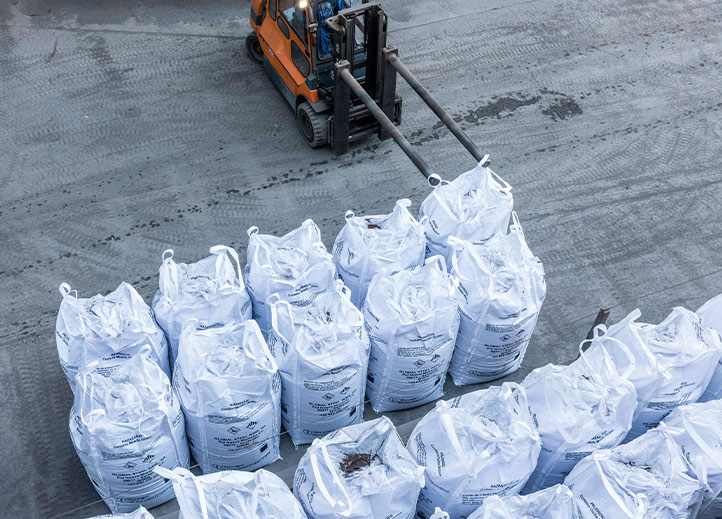
Zinc Oxide
Steelmaking dust is collected from bag filters in gas purification systems generated by melting and refining furnaces. This powder contains metal oxides, among which zinc oxide stands out for its high commercial value.
It is valorized externally through the Waeltz process through which an enriched zinc oxide is obtained that can subsequently be purified until obtaining metallic zinc of commercial purities.
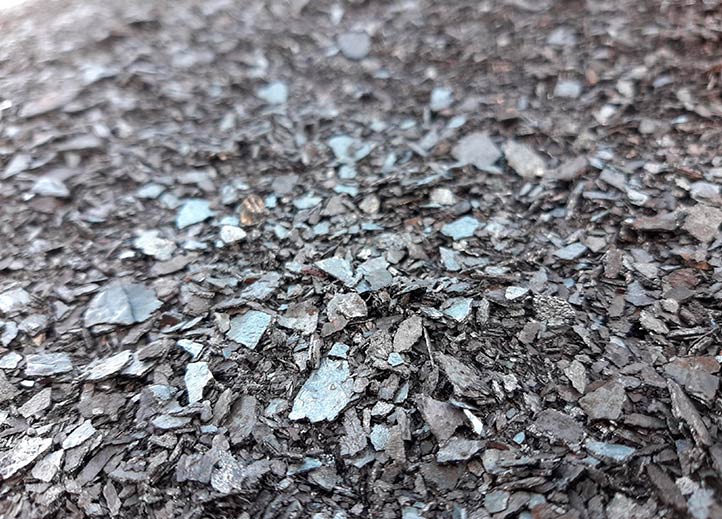
Iron Oxide
Scale is obtained mainly in the steel rolling process and has its origin in the surface oxidation of hot steel.
It is composed mainly of iron oxides, being used in other industrial processes that require iron input such as integral steelmaking, cement manufacturing and the manufacturing of ferroalloys.
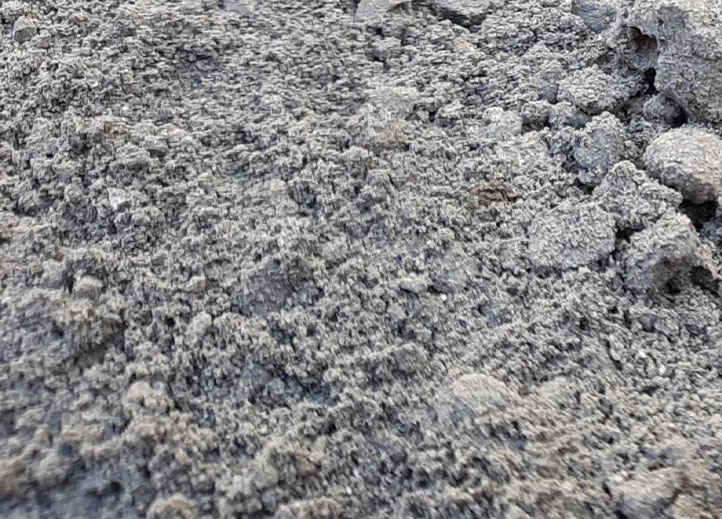
Steel Aggregate (white)
Secondary metallurgical slag is produced in the refining furnace. Its calcium oxide (CaO) content makes it useful to be reused again in the steel process and also as a raw material in the manufacture of cement, thus contributing to the reduction of CO2 emissions due to the absence of carbon. in its composition.
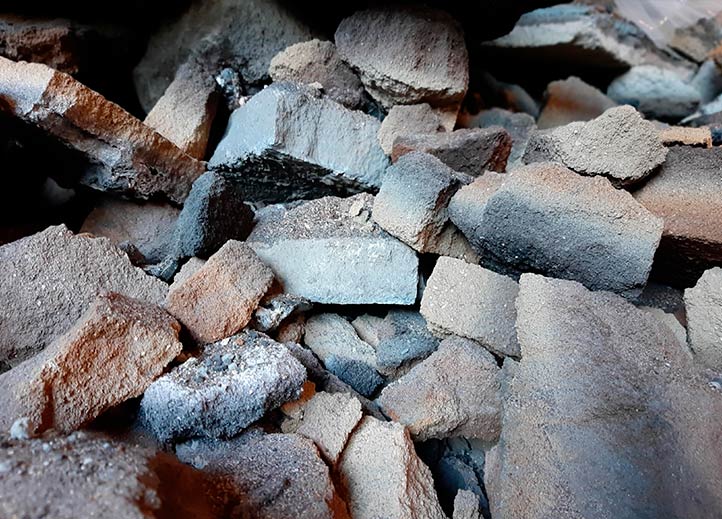
Refractories
The main refractory waste generated in the steelmaking process are the masses of Magnesium Oxide (MgO) from the troughs and the Magnesium-Carbon, Isostatic and High Alumina bricks. These materials are mostly recovered, in order to be reused again in the process and obtain new raw materials for the manufacture of refractory and steel materials.

Junk Park Lands
The soils in the scrap park are composed mainly of ferric oxides that are released from the scrap metal and non-ferrous metals present in it and are separated as a result of the magnetic scrap handling process. They are valued to recover non-ferrous metals such as aluminum, copper, brass or bronze.
